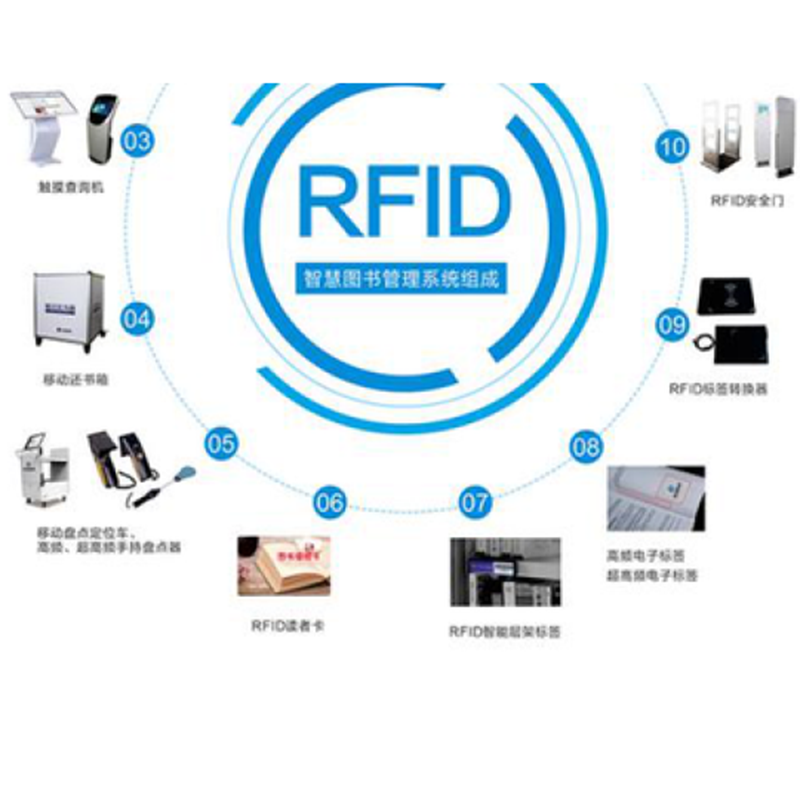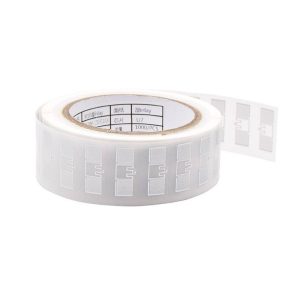What does Rfid mean? RFID Fixed Asset Lifecycle Management 123
RFID stands for Radio Frequency Identification technology. It is a wireless communication technology that can identify specific targets and obtain relevant data through radio waves. RFID technology is widely used in logistics, inventory management, payment systems, and other fields, which can improve work efficiency and security. Through RFID technology, items can be uniquely identified and tracked, providing convenience for business management and consumers. The development of RFID technology will further promote the development of animal networking and intelligent technology, with broad application prospects

RFID Fixed Asset Lifecycle Management 123
Fixed asset management has gone through two main stages in the past: traditional Excel+manual bookkeeping and barcode technology management. The traditional Excel+manual bookkeeping method has problems such as low efficiency, error prone, large workload, and long inventory cycle. At the same time, asset search, update, and maintenance are difficult, which can easily lead to confusion such as discrepancies between accounts and reality, and missing inventory. However, barcode technology requires scanning one by one, resulting in low inventory efficiency. Some assets are easily affected by the environment, and there are also issues with barcode label management. Therefore, RFID technology is considered the third stage of fixed asset management due to its characteristics such as long recognition distance, strong multi label recognition ability, fast collection, and less susceptibility to damage.
The highlights of RFID fixed asset management include: one item, one code, massive fixed asset inventory in seconds, timely grasp of asset information, improvement of asset management efficiency, full lifecycle management, and traceable asset destinations. By assigning a unique RFID tag to each fixed asset, managers can more conveniently manage and query asset information, achieve rapid inventory and accurate verification, and improve inventory efficiency. At the same time, RFID technology can enable managers to understand real-time information such as the quantity, location, and status of assets, achieve automated asset management, and reduce workload and error rates.
RFID fixed asset management is centered around RFID electronic tags, solving problems such as difficult inventory work, tag recognition, and data statistics. Through RFID handheld devices for scanning inventory, the massive fixed asset inventory work becomes more efficient. Using RFID technology to collect data can improve the efficiency of fixed asset management, provide accurate data reference for enterprise asset allocation, reduce management costs, and avoid asset waste. RFID fixed asset management has been maturely applied in administrative enterprises, institutions, schools, and other fields.






